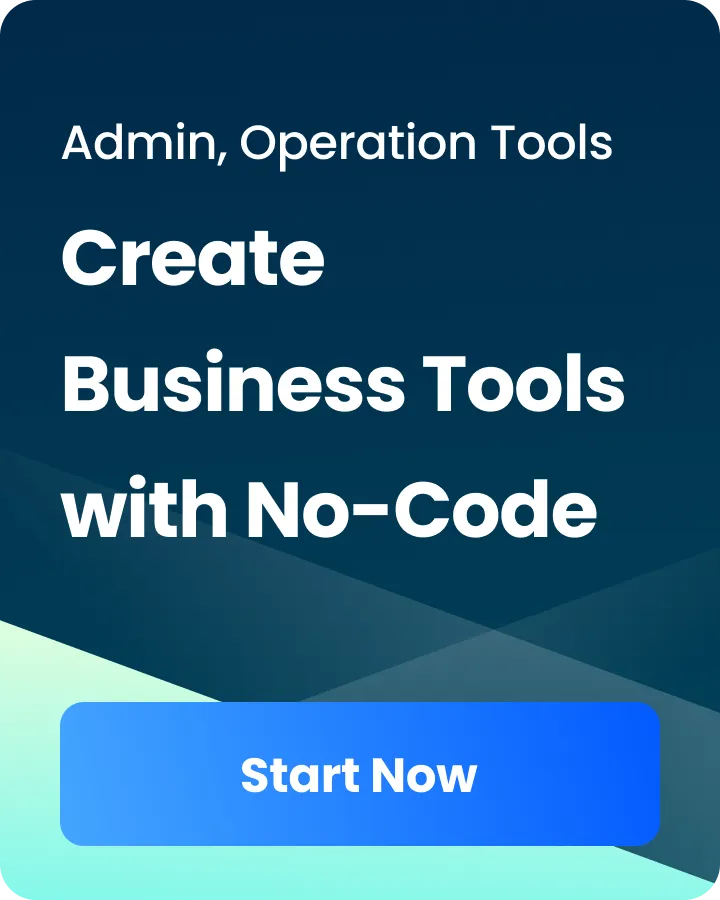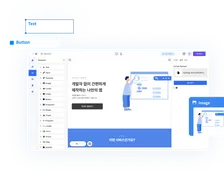Marketing
AI Website Builder Trends: Future-Proof Your SMB
Waveon Team
10/21/2025
0 min read
blogTocHead
Discover the AI website builder trends reshaping how small to medium-sized businesses plan, build, and grow their online presence—without writing code. Learn the strategies, tools, and guardrails you need to future-proof your SMB in a fast-changing digital landscape.
Primary keyword: AI website builder trends
Audience: SMB owners, marketing teams, entrepreneurs, and startups
Goal: Practical playbook + strategic perspective for 2025 and beyond
Table of Contents
Introduction to AI Website Builders
What is an AI website builder?
An AI website builder is a no-code platform that uses artificial intelligence to plan, design, write, and optimize your site or landing pages. Instead of manually crafting layouts and copy, you describe your business, goals, and audience in natural language, and the AI generates:
Brand-aligned page structures and templates
On-brand text, headlines, and calls to action
Color palettes, typography, and imagery suggestions
SEO metadata, schema markup, and internal linking
Conversion-focused components like forms and CTAs
Ongoing optimizations through A/B/n testing and analytics
Waveon is part of this new class of tools, enabling SMBs to build a professional web presence in hours rather than weeks—without engineering resources.
Pro tip: Want to see this workflow in action? Spin up your first AI-generated landing page with Waveon—start free in minutes.
To make this concrete, here’s how an AI website builder workspace typically looks while generating a page and applying brand settings.
Notice how content, layout, and styling are coordinated from one place, reducing the back-and-forth between design and development teams.
Benefits for SMBs
For small and medium-sized businesses, AI website builders deliver outcomes that were previously costly or slow:
Speed to market: Launch sites and landing pages in minutes or hours.
Lower costs: Reduce dependence on developers and agencies for routine updates.
Better UX: AI-guided layouts and copy often outperform ad-hoc designs.
Always-on optimization: Continuous testing, content refreshes, and technical fixes.
Scalability: Spin up campaign-specific pages at scale without bottlenecks.
Accessibility and compliance: Automated checks for WCAG, mobile, and SEO standards.
Growth in the digital landscape
Customers expect modern, fast, and relevant experiences on every device. AI amplifies your team’s capacity to meet those expectations by turning brand inputs and performance data into actionable changes—automatically. As AI models improve and integrate with marketing tools, expect your website to become a responsive, data-driven growth engine rather than a static brochure.
Emerging Trends in AI Website Building
AI-driven design personalization
Personalization has matured beyond “Hello, {FirstName}.” Modern AI website builders combine real-time context (device, location, traffic source) with historical behavior to tailor experiences:
A personalization dashboard lets you define segments and preview how each sees the page in real time.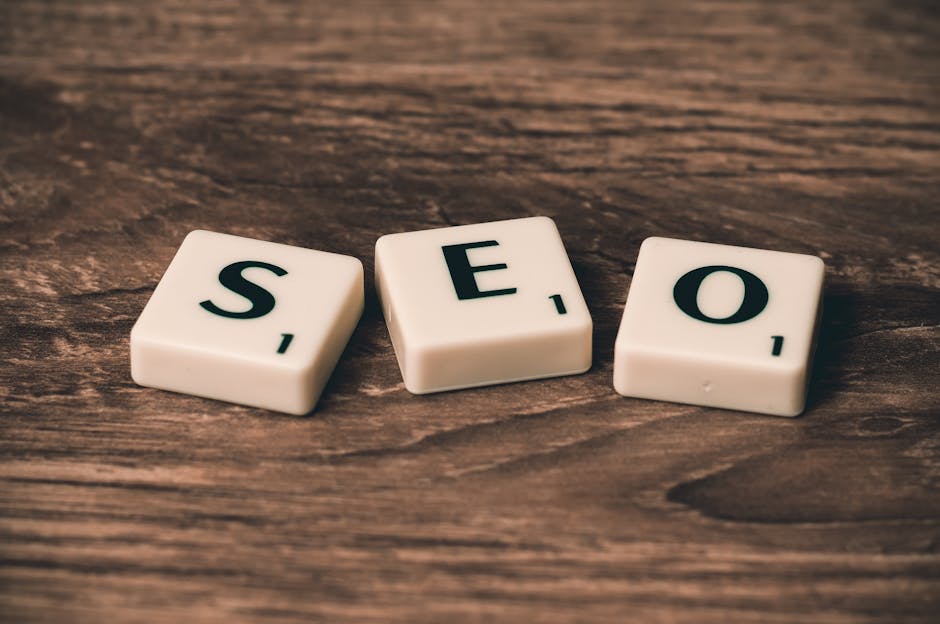
This makes it easy to keep brand consistency while tailoring content by context and intent.
Dynamic sections: Swap hero offers or testimonials based on audience segment.
Content scoring: Rank and display content most likely to convert for each visitor type.
Design tokens: Maintain consistent branding while allowing on-page variation by segment.
Predictive journeys: Anticipate next-step CTAs (demo, trial, download) using behavioral signals.
How to use it:
Define 3–5 core personas or use AI to cluster visitors into behavior-based segments.
Create modular sections (hero, benefits, pricing) and let AI auto-assemble by segment.
Protect brand consistency with locked brand guidelines and approved variations.
See it live: Personalize hero sections and CTAs by segment—safely—using Waveon’s brand guardrails. Book a 15-minute demo to explore real-time previews and variations.
Interactive website functionalities
AI is powering richer, more helpful user experiences:
Conversational assistants: On-page AI chat to answer FAQs, route leads, and qualify prospects.
Guided product selectors: Ask a few questions and recommend the right plan or service.
Smart forms: Dynamically adjust form fields based on visitor intent and likelihood to convert.
Visual generation: Auto-create on-brand graphics, backgrounds, or illustrations to match your theme.
Micro-interactions: Subtle animations, loaders, and tooltips tuned to improve usability.
Tip: Use AI chat to augment, not replace, core navigation. Provide clear paths for self-serve users and a fast escalation to live support or sales when needed.
When done well, an AI assistant clarifies choices and qualifies leads without blocking the main journey.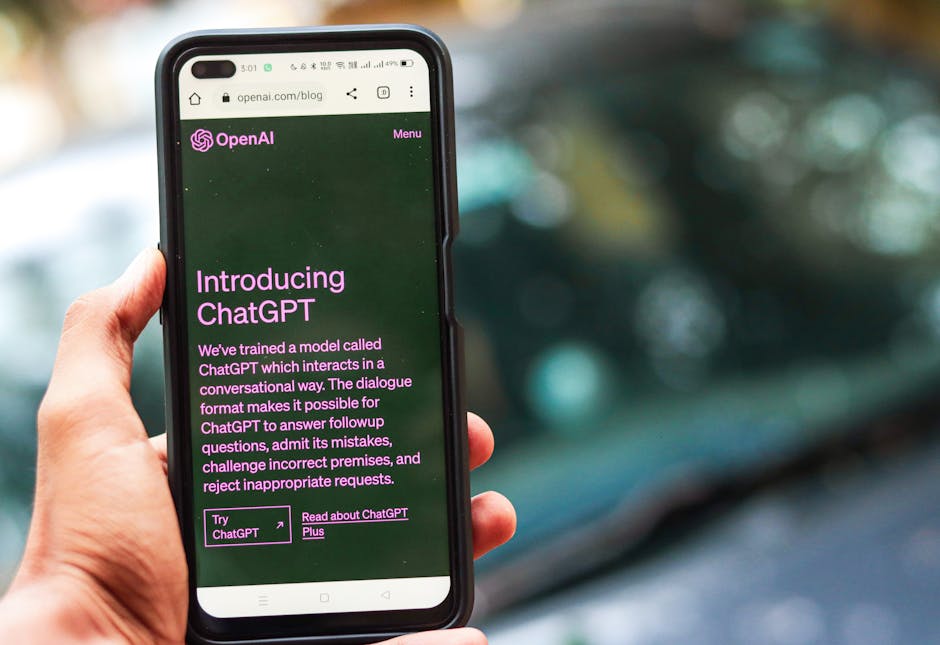
Give users clear escape hatches to self-serve or reach a human instantly.
Enhanced SEO features
AI is shifting SEO from keyword stuffing to search intent alignment and technical excellence:
Topic clustering: Generate content outlines and internal link structures around search intent.
On-page optimization: Auto-suggest headings, FAQs, schema, and alt text for accessibility.
Technical health: Monitor and fix issues like slow LCP, CLS instability, 404s, and redirect chains.
Programmatic SEO: Spin up location- or product-based landing pages with unique, helpful content.
Search experience adaptation: Optimize for voice, snippets, People Also Ask, and AI overviews.
Best practice:
Combine AI briefs with subject-matter input. Let AI do the heavy lifting, but ensure accuracy and brand voice with human review.
For a quick visual primer on topic clustering, on-page structure, and schema basics, watch this short video. You’ll learn how to map search intent to pages, structure internal links, and avoid common technical pitfalls that hurt discoverability.
As you apply these tactics, the AI capabilities we discussed—topic clustering, on-page optimization, and programmatic SEO—become easier to operationalize with Waveon.
Strategies to Leverage AI for Business Growth
Automating website management
Your site should improve itself over time. AI can handle the drudgery, so your team focuses on strategy.
Content lifecycle: Refresh outdated posts, consolidate cannibalizing pages, and redirect dead ends.
Design ops: Enforce brand tokens across typography, color, spacing, and components.
Performance: Compress images, lazy-load media, and prioritize critical rendering paths.
Testing at scale: Auto-generate and test variations of headlines, CTAs, hero images, and layouts.
Compliance: Run AI-powered accessibility audits and suggest fixes.
Comparison: Manual vs AI-Assisted Website Ops
Task | Manual effort | AI-powered approach | Typical time saved | Recommended oversight |
|---|---|---|---|---|
Image optimization | Export, compress, re-upload assets page by page | Auto-compress, convert to next-gen formats, lazy-load with budgets | 80–90% | Auto |
Broken links & redirects | Periodic crawls, fix links individually | Continuous crawl, auto-fix 404s, suggest redirects based on traffic | 70–85% | Auto with changelog |
Copy testing (H1/CTA) | Write variants, set up tests, analyze results manually | Generate variants, run A/B/n, summarize winners with impact | 60–75% | Assist (approve variants) |
Accessibility checks | Manual WCAG audits each release | Automated scans with prioritized fix suggestions | 60–80% | Assist |
On-page SEO | Research, write meta, build schema by hand | Auto-suggest titles/meta, generate schema, alt text, internal links | 50–70% | Assist |
Performance tuning | Dev refactors for critical rendering path | Auto-prioritize critical CSS/JS, defer non-critical scripts | 50–65% | Auto/Human review |
Content upkeep | Calendar-driven refreshes and redirects | Detect content decay, draft refreshes, propose consolidations | 50–70% | Assist |
Note: Time-saved ranges are directional for SMB teams; actual results vary by site size and complexity.
Workflow to implement:
Set quality thresholds: page speed targets, accessibility scores, and conversion baselines.
Allow auto-fixes for low-risk tasks (image compression, link repairs) with change logs.
Route higher-risk changes (copy rewrites, structural edits) for human approval.
Review weekly summaries: wins, losses, next experiments.
If you’re new to experimentation, this short walkthrough covers A/B/n testing essentials—hypothesis design, sample sizing basics, and reading results—so you can prioritize high-impact website improvements with confidence.
Use these principles to structure the tests you run in your AI website builder and to interpret the weekly summaries we recommended above.
Quick win: Turn on Waveon Auto-Optimize to handle compression, link repairs, and A/B/n testing from one dashboard—get started today and reclaim hours each week.
Using AI for customer insights
AI moves analytics from charts to decisions:
Session summary: Convert heatmaps and recordings into plain-language insights.
Segmentation: Cluster visitors by behavior, source, and content engagement.
Attribution clarity: Identify which messages, channels, and pages drive outcomes.
Feedback mining: Summarize open-text survey responses and support tickets into themes.
Practical examples:
If AI detects frequent drop-offs on a pricing page from mobile users, it might suggest reorganizing plan features, simplifying tables, or adding a sticky CTA.
If returning visitors from organic search keep reading solution pages but don’t convert, AI can propose a mid-funnel CTA (case studies, checklist download).
AI tools for marketing integration
The most powerful AI website builders act as a hub for your marketing stack:
CRM sync: Pipe qualified leads with context (page visited, content consumed).
Email and marketing automation: Trigger sequences based on on-site behavior.
Ad platforms: Generate and test ad creative aligned with on-page messaging.
Social and content calendars: Turn pillar pages into multi-channel micro-content.
UTM governance: Enforce clean tracking and auto-tag campaigns.
How to set it up:
Map your funnel: visitor → engaged visitor → MQL/SQL → customer.
Define conversion events: demo booked, form submitted, trial started.
Connect integrations: CRM, email, analytics, ad platforms.
Let AI propose nurture paths and content assets per segment.
Overcoming Challenges with AI Website Builders
Ensuring data privacy
Responsible AI starts with data discipline:
Minimize personal data: Collect only what you need; rely on first-party data.
Vendor diligence: Choose platforms that support GDPR/CCPA compliance and offer DPAs.
Access controls: Limit who can view and export PII. Enable role-based permissions.
Data retention: Set clear deletion and anonymization policies.
Transparent consent: Use clear language for cookies, tracking, and data use.
Checklist:
Review your AI builder’s security posture (SOC 2, encryption, audit logs).
Turn off sending sensitive data to third-party AI APIs where not necessary.
Keep a record of prompts and outputs impacting customer content for auditability.
Maintaining brand identity
AI can create quickly—but it must create on-brand:
Brand guardrails: Upload style guides, tone rules, approved phrasing, and taboos.
Visual consistency: Lock brand tokens and component libraries; let AI vary within limits.
Voice fingerprints: Provide brand voice examples; use AI to score outputs for tone match.
Approval workflow: Route high-impact assets (home, pricing, legal) for human review.
Tip: Create an “unacceptable list” (claims you never make, industries you avoid, or sensitive topics) to keep AI outputs within ethical and brand-safe boundaries.
Navigating AI limitations
Know where AI shines—and where human judgment is essential:
Factual accuracy: AI can misstate details; verify stats, compliance claims, and technical content.
Bias and accessibility: Review imagery and language for inclusivity and clarity.
Over-personalization: Avoid creepy experiences; segment thoughtfully and explain value exchange.
Over-automation: Keep strategic control over messaging, pricing, and brand positioning.
Governance framework:
Define what’s automated (e.g., alt text, compression) and what’s assisted (e.g., copy drafts).
Establish review cadences (weekly for experiments, monthly for content audits).
Maintain a changelog to roll back experiments that underperform.
Future-Proofing Your Business with AI
Keeping up with AI advancements
The AI landscape evolves quickly. Build a sustainable learning and adoption rhythm:
Quarterly review: Evaluate new capabilities—multi-modal content, improved SEO insights, new integrations.
Experiment backlog: Keep 5–10 test ideas prioritized by impact and ease.
Community and vendors: Attend webinars, follow product updates, and join user groups.
Documentation: Maintain internal playbooks so knowledge survives turnover.
Signals to watch:
Better context windows and brand memory for more consistent outputs.
Smarter on-page experimentation that factors in seasonality and cohorts.
Deeper search changes (AI overviews, voice/assistant search) influencing content formats.
Investing in employee training
Your team is the multiplier:
Upskill plan: Train marketers on prompt design, testing principles, and analytics.
Role clarity: Assign ownership—who approves copy, who sets experiment criteria, who monitors risks.
Shadowing: Pair AI-savvy staff with others to disseminate best practices.
Outcome mindset: Measure performance improvements, not just content volume.
Training topics:
Prompt frameworks (role, audience, goal, constraints, examples).
Interpreting AI-generated insights without overfitting to noise.
Accessibility and responsible AI practices.
Adapting to consumer behavior changes
Customer expectations are rising:
Speed and clarity: Prioritize performance; deliver value in the first scroll.
Self-serve experiences: Make pricing, demos, and documentation easy to access.
Multi-format content: Mix text, visuals, comparison tables, and short video.
Trust signals: Case studies, reviews, guarantees, and transparent policies.
Prepare for:
Cookieless measurement: Lean into server-side tracking, first-party data, and modeled insights.
Voice/assistant search: Add FAQs, concise answers, and structured data.
Micro-personalization: Small, relevant tweaks beat heavy-handed personalization.
90-Day Action Plan for SMBs
Turn your strategy into an executable roadmap that the whole team can see.
Use a kanban-style view to track experiments, launches, and approvals over the 12-week sprint.
Week 0–2: Foundation
Define goals: leads, sales, bookings, or trials.
Audit your current site: speed, SEO, conversions, content gaps.
Document brand: tone guide, approved headlines, imagery guidelines.
Choose your AI website builder (e.g., Waveon) and connect core integrations (CRM, analytics, email).
Week 3–4: Launch Essentials
Generate or migrate core pages: Home, Solutions/Services, Pricing, About, Contact.
Create 3–5 high-intent landing pages mapped to campaigns or personas.
Implement analytics, conversion events, and privacy controls.
Set performance budgets and accessibility thresholds.
Week 5–6: Optimize and Personalize
Launch 3–5 A/B tests (hero headline, CTA text, form length, social proof).
Configure light personalization by traffic source (paid vs. organic) or device.
Add conversational assistant for FAQs and lead qualification.
Publish two SEO-informed content pieces with internal links to landing pages.
Week 7–9: Scale Content and Automations
Turn pillar content into 6–10 micro-assets (social, email, ads).
Enable automated maintenance: image compression, broken link fixes, redirects.
Build programmatic landing page variations (by industry or region).
Review AI insights: prioritize friction points and top conversion paths.
Week 10–12: Review, Standardize, Expand
Evaluate experiment winners and roll out globally.
Refine brand guardrails based on real outputs.
Update your 90-day backlog with new test ideas and content topics.
Plan next quarter’s initiatives: advanced segmentation, richer product tours, or partner pages.
Metrics That Matter: What to Track
AI makes iteration faster; measurement keeps it honest. Track:
A shared analytics view keeps everyone aligned on what’s moving the needle.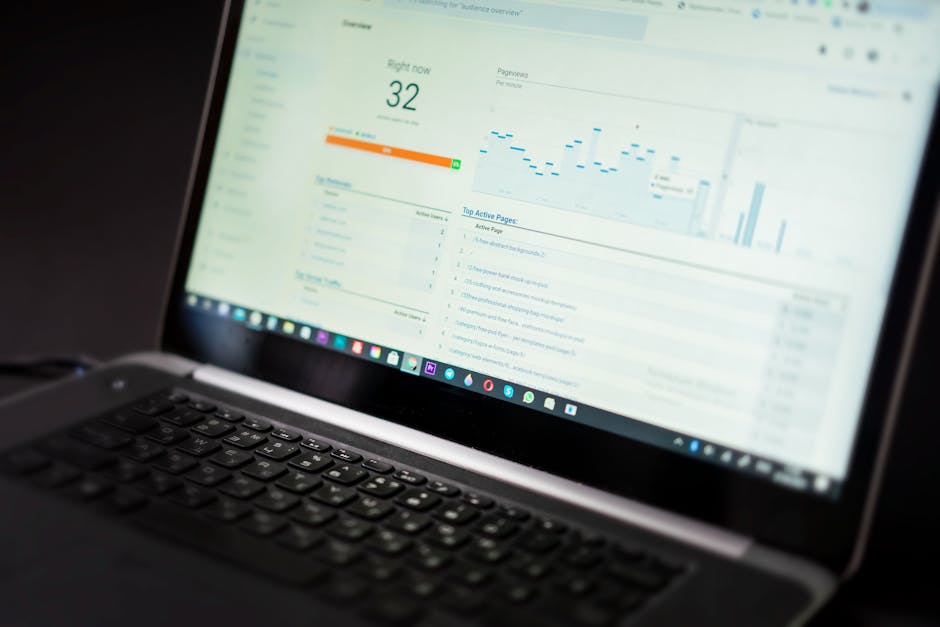
Use this lens as you prioritize the metric categories below.
Acquisition and engagement
Sessions by channel and campaign
New vs. returning visitors
Time on page and scroll depth
Engagement rate on key sections (pricing, comparison, features)
Conversion
Primary conversions (demo, trial, booking, purchase)
Micro-conversions (video views, tool interactions, downloads)
Funnel drop-off by step and device
Lead quality: MQL/SQL rates and time-to-close
Experience and technical health
Core Web Vitals: LCP, CLS, INP
Mobile performance and accessibility scores
Error rates: 404s, failed forms, script errors
Content freshness: pages updated in last 90 days
Revenue impact
Pipeline influenced by web sessions
CAC payback and ROAS for landing pages
Cohort performance by personalization variant
Governance
Percentage of auto-applied vs. human-reviewed changes
Compliance pass rates (privacy, accessibility)
Brand consistency scores for AI-generated content
Conclusion and Key Takeaways
Transformative impact of AI
AI website builder trends are shifting the web from static assets to living systems. For SMBs, that means you can launch faster, improve continuously, and compete above your weight class—without building a large engineering or design team.
Long-term benefits
Sustainable growth: Always-on optimization compounds over time.
Operational efficiency: Automations reduce manual and repetitive work.
Brand equity: Consistent experiences across pages, campaigns, and channels.
Resilience: A site that adapts to market and algorithm changes, not one that lags behind.
Call to action for SMBs
Don’t wait for a full rebrand or a perfect plan. Start small, learn fast, and scale what works.
If you’re launching or refreshing your site: Use an AI website builder to get to a polished baseline in days.
If you’re optimizing: Turn on AI-led testing and maintenance to capture quick wins.
If you’re scaling: Automate landing page production, integrate your CRM and ads, and personalize responsibly.
Build your next site or landing page with Waveon—an AI Website Builder & Landing Page Generator designed for no-code teams. Create, optimize, and grow with guardrails that protect your brand and performance.
Build faster. Convert better. Spend less time wrestling with your website and more time growing your business. With Waveon’s AI Website Builder & Landing Page Generator, your SMB can turn ideas into revenue-generating pages—no code required.
Bold move: Ready to future-proof your web presence? Start free with Waveon or book a 15-minute demo today.
Frequently Asked Questions
How do AI website builders differ from traditional builders?
Traditional builders provide templates and drag-and-drop tools. AI builders add strategy: they generate layouts, copy, and SEO elements based on your goals and audience, then keep optimizing with data.
Will AI-generated websites all look the same?
Not if you set brand guardrails. Use custom design tokens, component libraries, and voice guidelines. AI can generate diverse outcomes within your brand system.
Is AI good enough for technical SEO?
AI can handle many technical tasks (schema, alt text, internal links, image optimization) and flag deeper issues. For complex sites, pair AI with periodic technical audits.
How do I keep AI from going off-brand or making errors?
Provide clear brand voice examples, maintain a forbidden/approved phrasing list, and set an approval workflow for high-impact pages. Review AI outputs for accuracy in regulated or technical content.
What about data privacy and compliance?
Choose a platform that supports GDPR/CCPA, encryption, and DPAs. Use first-party data, minimize PII, and set clear data retention policies.
How soon will I see results?
Many SMBs see early conversion and performance gains within 2–6 weeks by improving speed, copy, and CTAs. Compounding SEO and experimentation benefits typically build over 3–6 months.
Can AI help with multi-language sites?
Yes. AI can translate and localize content, but have native speakers review high-stakes pages to ensure cultural and regulatory fit.
What’s the best first step if I’m overwhelmed?
Start with one high-intent landing page. Let AI draft it, then refine the copy and offers. Launch, measure, and iterate. Repeat for your next most valuable page.
Build faster. Convert better. Spend less time wrestling with your website and more time growing your business. With Waveon’s AI Website Builder & Landing Page Generator, your SMB can turn ideas into revenue-generating pages—no code required.
Final Conclusion
AI website builder trends are redefining how SMBs plan, build, and grow. The path forward is clear:
Embrace personalization, interactivity, and smarter SEO to align with intent and improve UX.
Automate site operations and testing so your team focuses on strategy, not busywork.
Integrate your marketing stack to turn web engagement into pipeline and revenue.
Govern for privacy and brand consistency while acknowledging AI’s limits.
Keep learning: upskill your team, watch the search landscape, and iterate with a 90-day cadence.
Measure what matters—performance, conversions, technical health, and governance—to compound gains.
You don’t need a massive team to compete. You need a disciplined system, the right metrics, and an AI website builder with strong guardrails. Waveon brings these pieces together so you can launch faster, optimize continuously, and scale confidently.
Future-proof your web presence—start free with Waveon or book a 15-minute demo to see it in action.

